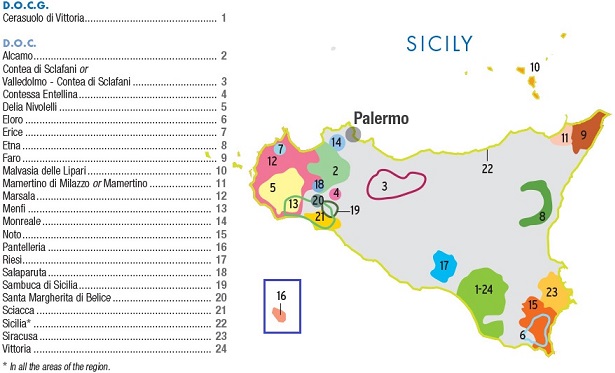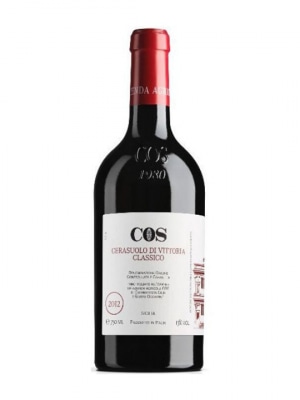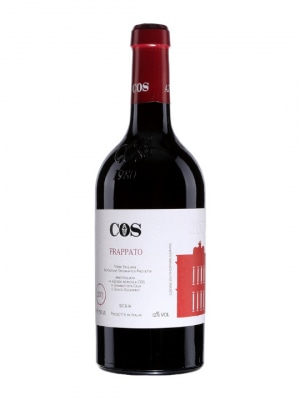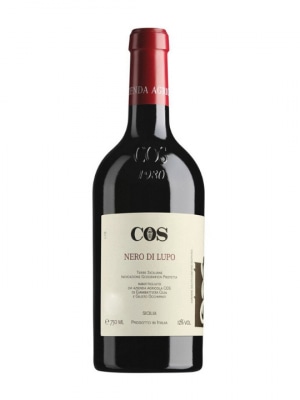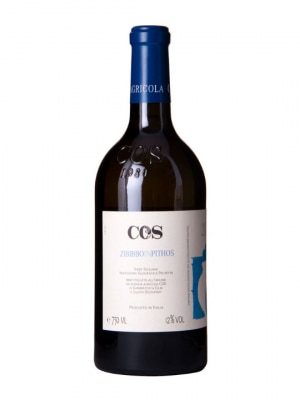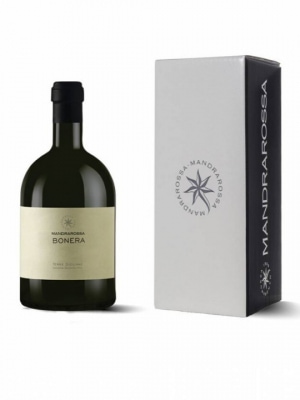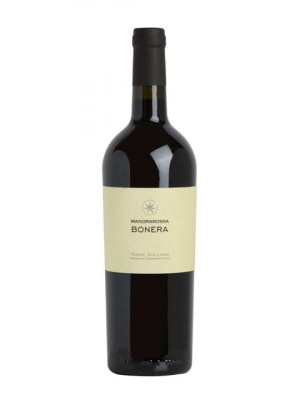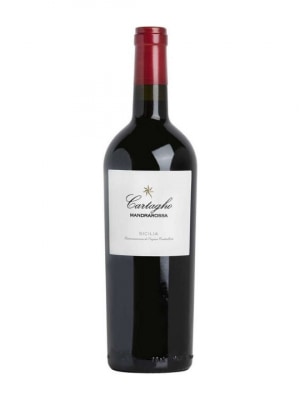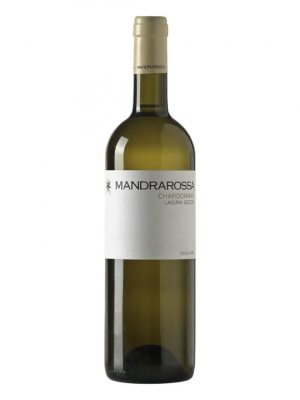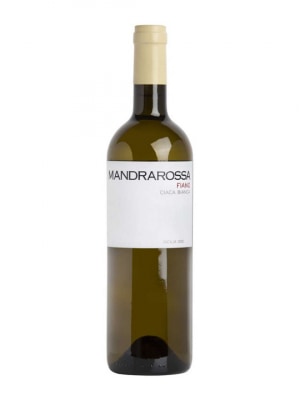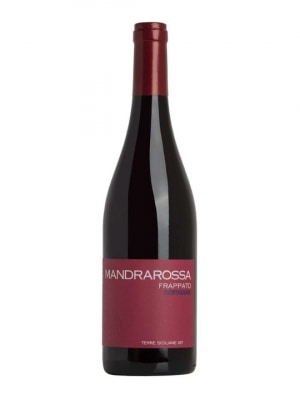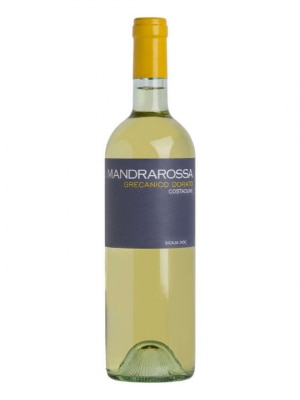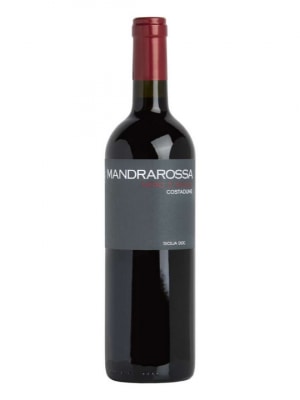Sicilian Wines. Sicily.
Sicily (Sqallija in Maltese and Sicilia in Italian) famed in antiquity for its agricultural produce, not least Wines. Often called “The Grain of the Roman Empire”.The largest island in the Mediterranean Sea. Sardegna (Saridina), also in Italy, being the second largest. Just a short flight or boat (or catamarran) from Malta (or is it the other way around?). Wines loved by the Maltese consumer.
The island’s true forte lies in the impeccable variation of its wines, with its native grapes forming a critical part of the way in which its wines represents such markedly different terroir, each with its own peculiarities. And it’s precisely this charming variety and diversity, that makes Sicily a winemaking region with such global appeal. This has allowed it to firmly establish itself as one of the most important on the planet. The island of Sicily is more of a continent in vinification terms.
Ancient civilizations
were producing wine on the island well before the Greek arrival in the 8th century B.C. The Greek arrival, however,
DOC & DOCG
- Italy, Red, Sicily, Wine
Azienda Agricola COS Cerasuolo Di Vittoria DOCG 2019 75cl
- €25.99 inc. VAT
- Experience the authentic taste of Sicily with Azienda Agricola COS Cerasuolo di Vittoria. This organic and biodynamic red wine is a blend of Nero d'Avola (60%) and Frappato (40%), reflecting the unique terroir of Vittoria in southeastern Sicily. Expect a vibrant ruby-red colour in the glass. The nose offers a captivating bouquet of red cherry, raspberry, and subtle floral notes,…
- Add to basket
- Italy, Red, Sicily, Wine
Mandrarossa Bonera 150cl
- €29.85 inc. VAT
- Add to basket
- Italy, Red, Sicily, Wine
Mandrarossa Cartagho Nero D`Avola 2016
- €25.00 inc. VAT
- Very well known Sicilian wine. A zesty, brash, cherry-scented wine with bold fruit flavours paired with more subdued earthy and spicy notes that keep the wine solidly grounded. Full bodied, ripe and concentrated with solid warm smooth tannins on the finish. Pairs well with risotto, baked pasta, red meats, game, lamb and seasoned cheeses.
- Add to basket
- Sicily, Italy, White, Wine
Mandrarossa Chardonnay Laguna Secca 2018 75cl
- €11.00 inc. VAT
- From Menfi, in the Province of Agrigento (Sicily) it is named Laguna Secca after some of the soils in the territory, once covered by shallow lagoons that today are fertile and productive. Recognizable for its typical Mediterranean notes of prickly pear and orange peel it has a pale straw color with a light fruit nose. It finishes medium long and…
- Add to basket
- Italy, Red, Sicily, Wine
Mandrarossa Frappato 75cl
- €15.00 inc. VAT
- Add to basket
- Wine, Italy, Red, Sicily
Mandrarossa Nero d’Avola Costadune 2017
- €11.70 inc. VAT
- Add to basket

